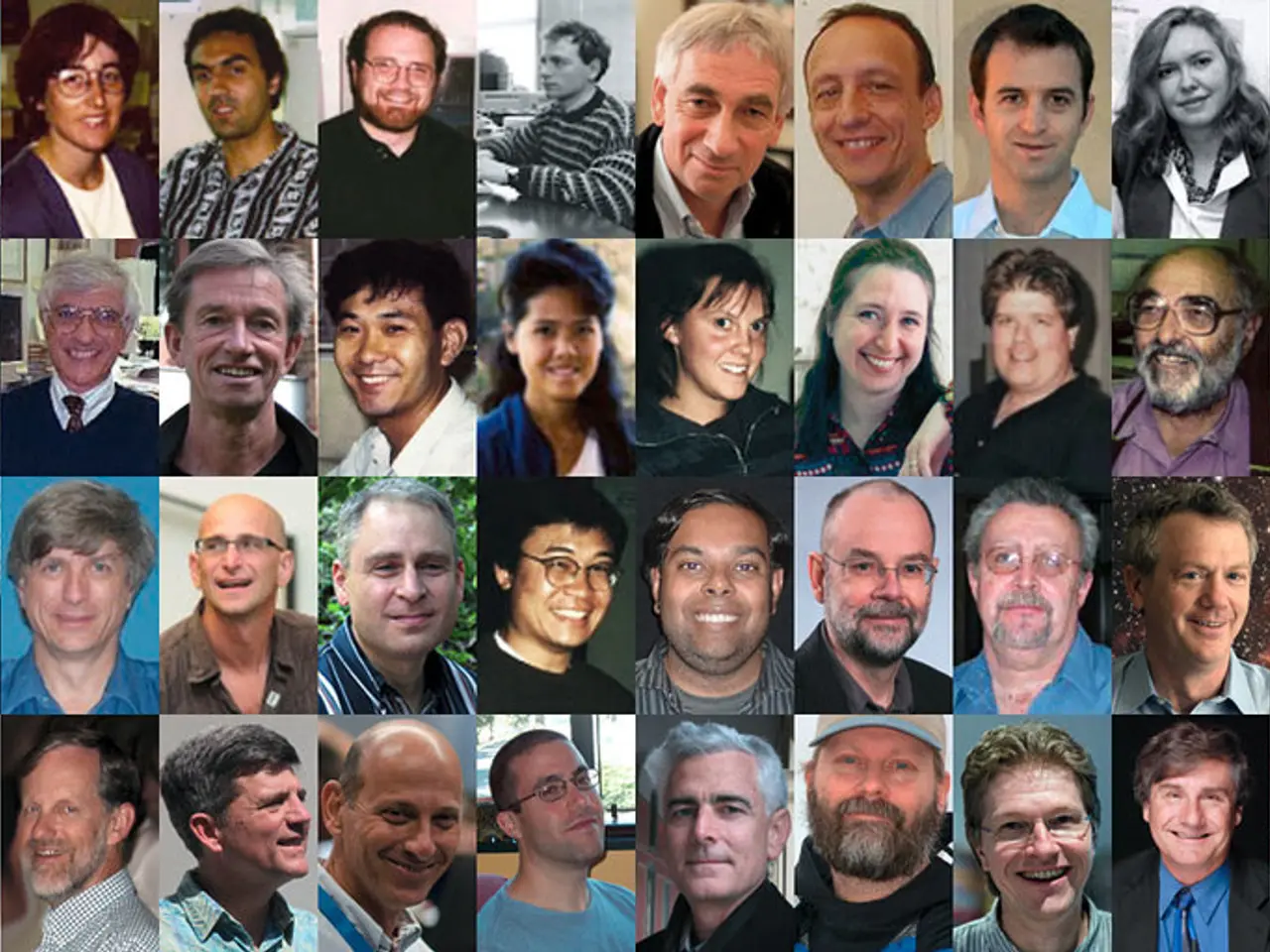Impact of Shift Alterations in DNA Sequences
Genetic instability, a condition characterised by an increased rate of mutations in the DNA of cells, plays a crucial role in the development of cancer and other diseases. This instability arises primarily from impaired DNA repair fidelity and environmental insults causing DNA damage.
Defects in critical DNA repair pathways, such as those involving homologous recombination repair (HRR) and mismatch repair (MMR), contribute significantly to genetic instability. HRR deficiencies, like mutations in BRCA1 and BRCA2, impair the accurate repair of double-strand DNA breaks, leading to error-prone repair processes that increase genomic instability and accumulate somatic mutations. These defects are linked to various cancers including breast, ovarian, prostate, and pancreatic cancers.
Similarly, MMR deficiencies, which involve genes like MLH1, MSH2, MSH6, and PMS2, lead to failure in correcting DNA replication errors, resulting in microsatellite instability and a hypermutator phenotype associated with Lynch syndrome and various cancers such as colorectal and endometrial cancer.
Environmental factors such as ultraviolet radiation and exposure to harmful chemicals can induce somatic mutations by directly damaging DNA.
Somatic mutations can also occur due to mutations in specific driver and tumor suppressor genes, such as TP53, KRAS, EGFR, APC, PTPRT, among others. These mutations disrupt cell cycle control, signaling pathways like NOTCH and HIPPO, and other oncogenic processes, further contributing to genetic instability.
The accumulation of these mutations can change the DNA code, transforming healthy cells into cancerous cells by hijacking genes responsible for controlling cell growth. However, certain somatic mutations are associated with a more favorable prognosis.
The good news is that advances in DNA repair and stability maintenance, coupled with next-generation sequencing (NGS) technology, are enabling researchers to identify specific somatic mutations causing cancer. These findings are paving the way for the development of targeted therapies that can block the growth of cancer cells harboring these specific mutations.
Prevention is always better than cure, and lifestyle modifications, such as exercise, a healthy diet, and avoiding harmful substances, can help prevent the accumulation of harmful mutations. Genetic counseling can also help individuals understand their inherited risk for certain mutations and guide prevention steps.
It's important to note that radiation, while used in cancer treatment, can shatter the genetic code, leading to chromosomal rearrangements, base substitutions, and cell death.
In conclusion, understanding the role of genetic instability and somatic mutations in cancer development is crucial for the development of targeted therapies and prevention strategies. By staying informed and taking proactive steps, we can reduce our risk of cancer and other diseases caused by genetic instability.
Science and health-and-wellness are intertwined as advancements in understanding the role of genetic instability, especially in the context of medical-conditions like cancer, are paving the way for targeted therapies. For instance, defects in DNA repair pathways like homologous recombination repair (HRR) and mismatch repair (MMR) cause genetic instability, accumulating somatic mutations that can contribute to various cancers.




